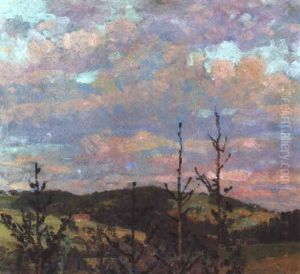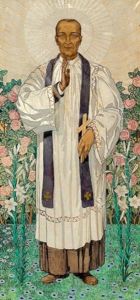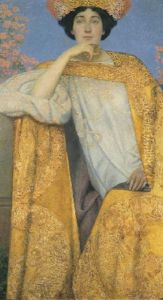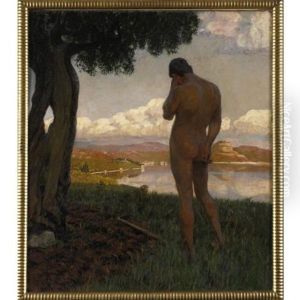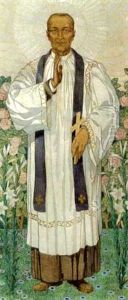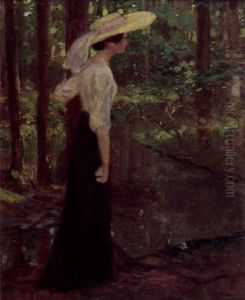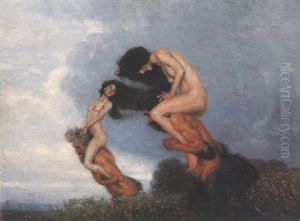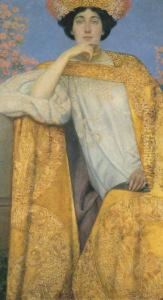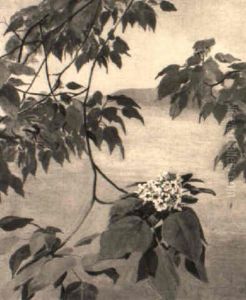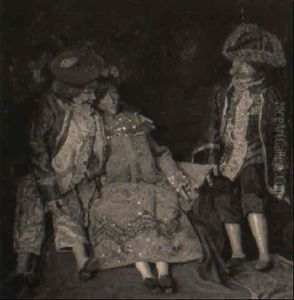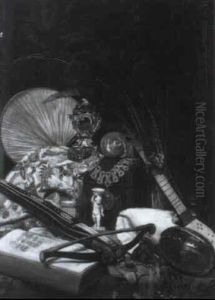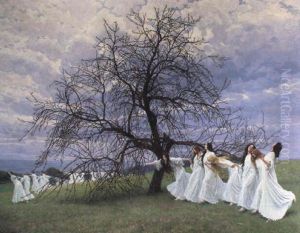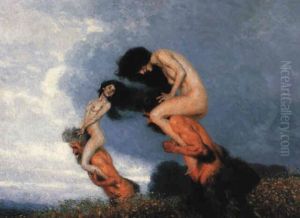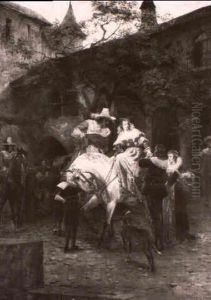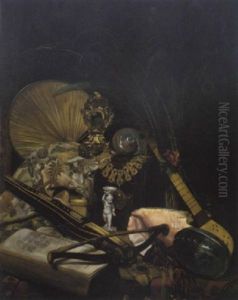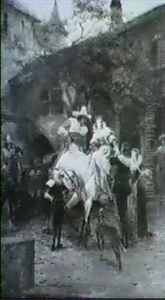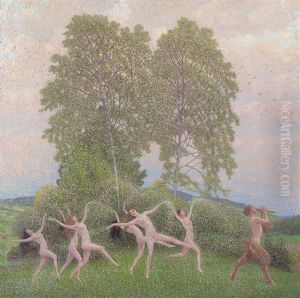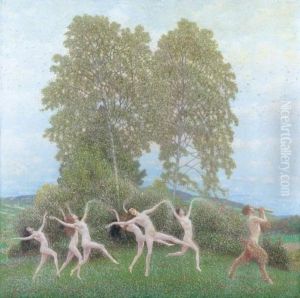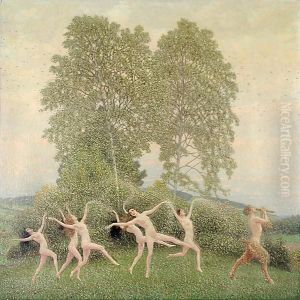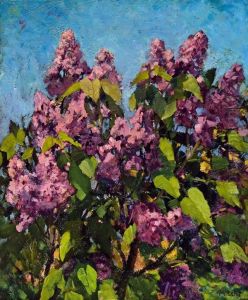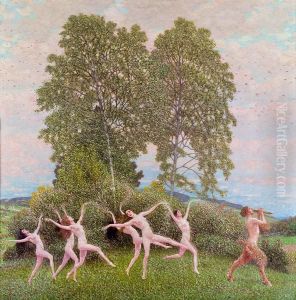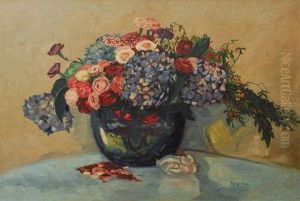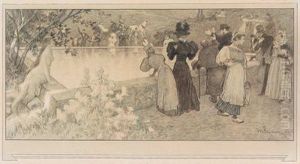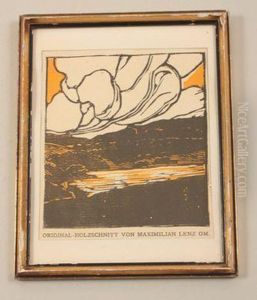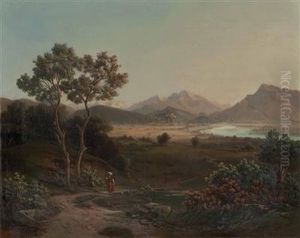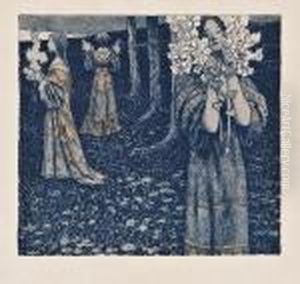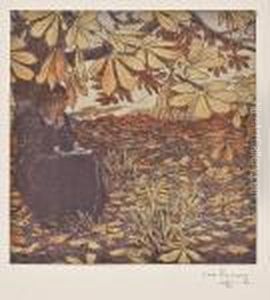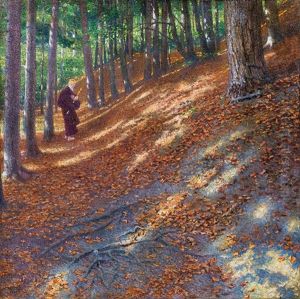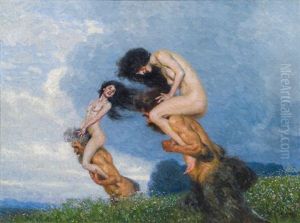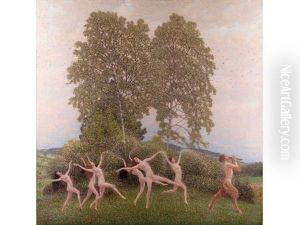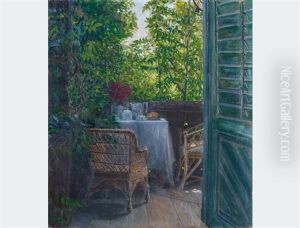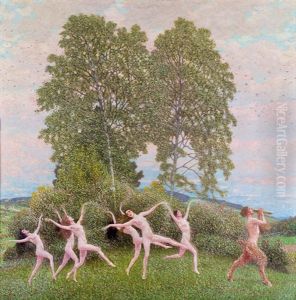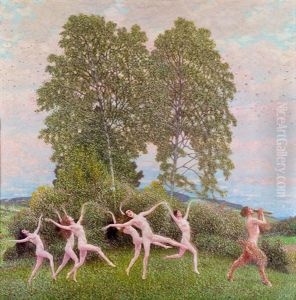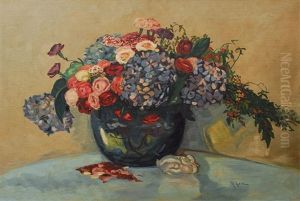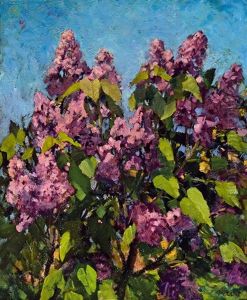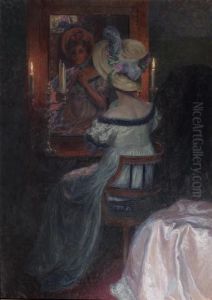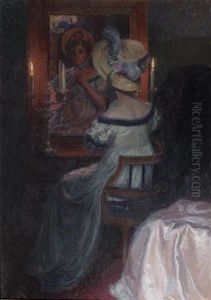Maximilian, Max Lenz Paintings
Maximilian Lenz, known as Max Lenz, was an Austrian artist born in Graz in 1860. He was a pivotal figure in the art world during the late 19th and early 20th centuries, particularly known for his contributions to the Vienna Secession movement, which sought to break away from traditional art forms and embrace modernism and innovation. Lenz's work was characterized by its vibrant color palette, intricate details, and often, the incorporation of symbolic elements that hinted at deeper meanings beneath the surface of his subjects.
Lenz received his formal education at the Academy of Fine Arts Vienna, where he was exposed to a variety of artistic styles and techniques that would later influence his unique approach to painting. His early work showed a strong inclination towards landscape and genre painting, but as his career progressed, he began to explore more abstract and symbolic themes, reflecting the broader changes occurring in the art world at the time.
In the late 1890s, Max Lenz became actively involved with the Vienna Secession, joining forces with other artists like Gustav Klimt, Koloman Moser, and Josef Hoffmann. This group was united in its rejection of the conservative values of the Viennese art establishment and its commitment to creating a new style that was free from historical constraints. Through his involvement with the Secession, Lenz participated in exhibitions that were crucial in defining the modern art movement in Austria and beyond.
Despite his association with the Vienna Secession, Lenz's work retained a distinct personal style that set it apart from his contemporaries. He often explored themes of nature and mythology, weaving these elements together in compositions that were both evocative and enigmatic. His paintings from this period are marked by a dynamic use of color and form, demonstrating his mastery of both composition and technique.
Throughout his career, Max Lenz remained a dedicated and influential figure in the Austrian art scene. His contributions to the development of modern art were significant, and his work continues to be celebrated for its originality and depth. Lenz passed away in 1948, leaving behind a legacy that has had a lasting impact on the world of art. His paintings are held in high esteem and can be found in museums and private collections around the globe, serving as a testament to his visionary approach and enduring influence on the art world.
